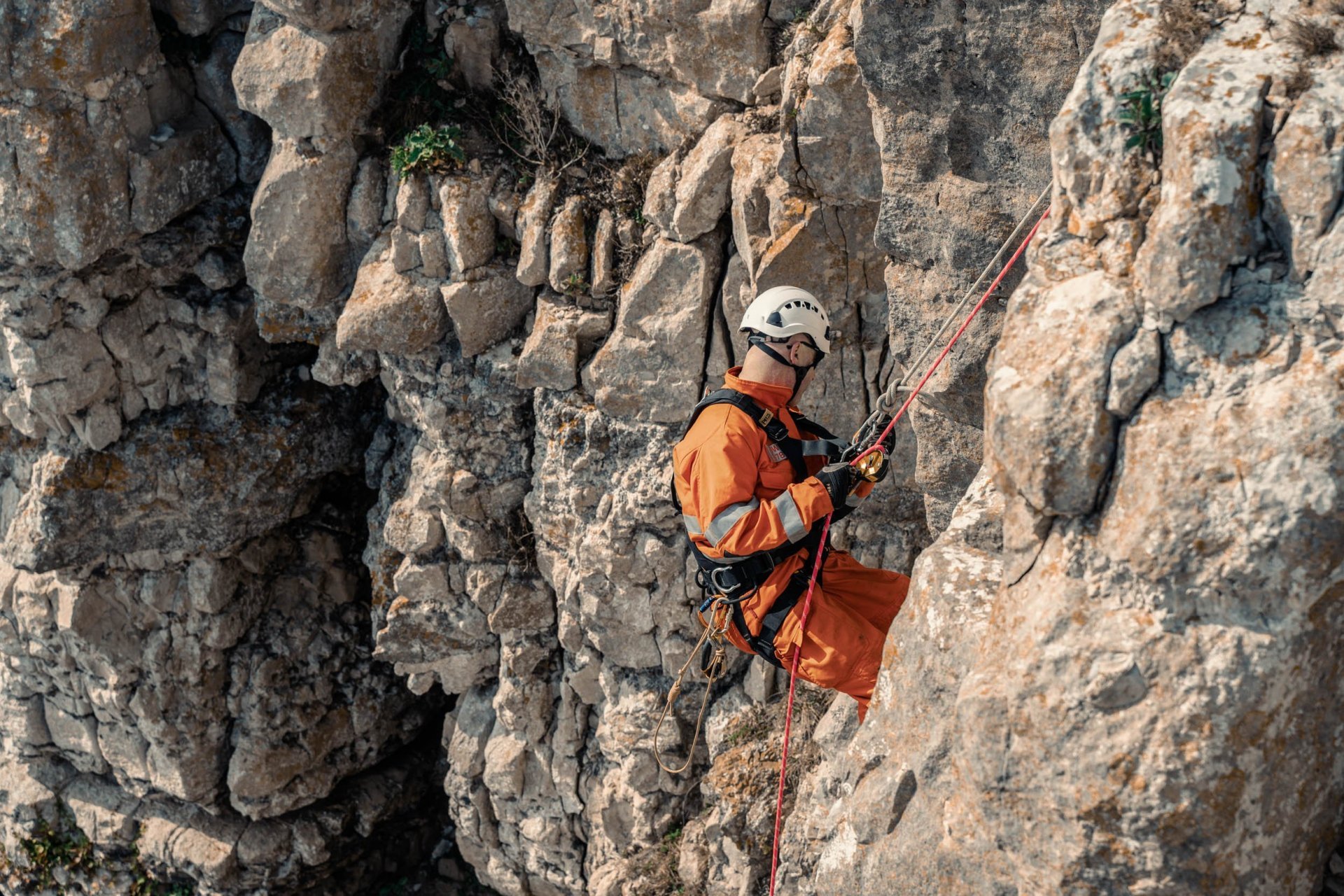
Immediate Assistance
In the Regulations on the Use of Personal Protective Equipment, clear requirements are set for both employers and employees in connection with temporary work performed at heights.
Regulations by the Labour Inspectorate
For land-based activities under the authority of the Labour Inspectorate, the following is worth noting: The Working Environment Act, the Internal Control Regulations, and the Regulations on the Use of Personal Protective Equipment at the Workplace require employers to conduct risk assessments for all work situations that pose a potential danger.
Where the potential danger is due to work at heights, such a risk assessment process should involve determining the need for rescue capability and plans for rescue and evacuation at heights. This should then be incorporated into the company's internal procedures. However, it is not common for companies to have their own procedures for rescue in work at heights, based on experience. We at AAK Safety often receive questions about what the authorities require.
Regulations on the Execution of Work
Regulation 703 states that work must be carefully planned and monitored so that employees can receive immediate assistance in an emergency. Furthermore, employees must receive necessary training, practice, and instructions for the work to be done, including procedures for rescue operations.
Rescue
In a rescue situation, there are many emotions and external factors that can make us less clear-headed and rational than usual. Good routines for training, standardized, and appropriate equipment are clear success factors.
Serious Injuries
Working at heights is potentially dangerous. The consequences of misuse, improper equipment, or poor maintenance can lead to serious injuries.
The employer is responsible for providing necessary training in the use of equipment. However, the user has the greatest responsibility by using the equipment as intended, storing it safely, and conducting regular inspections and maintenance.
Check out our selection of rescue equipment.

